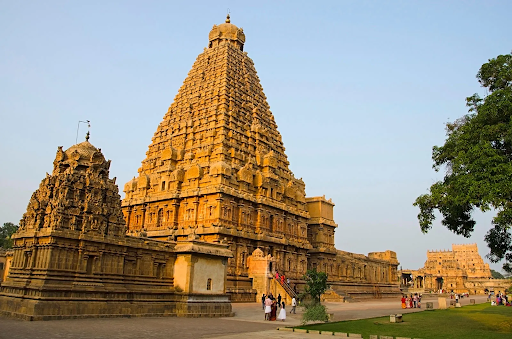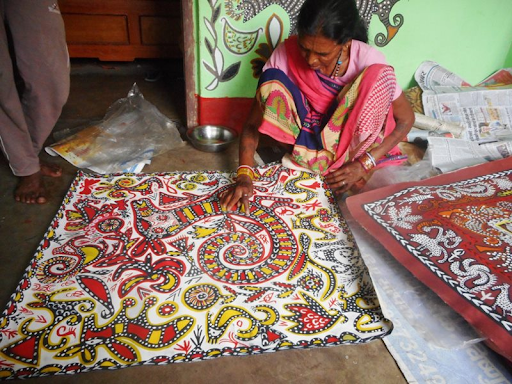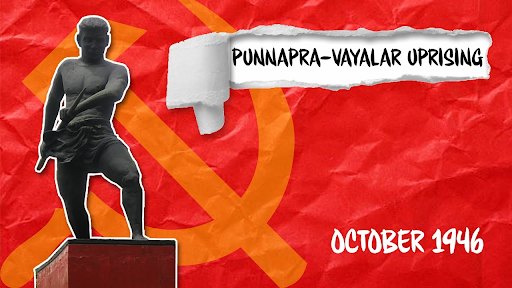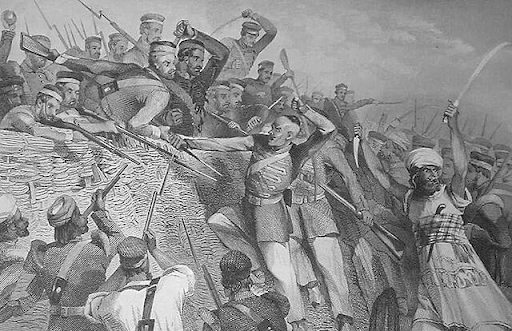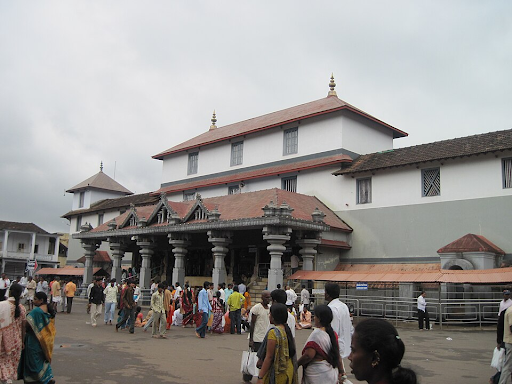Description
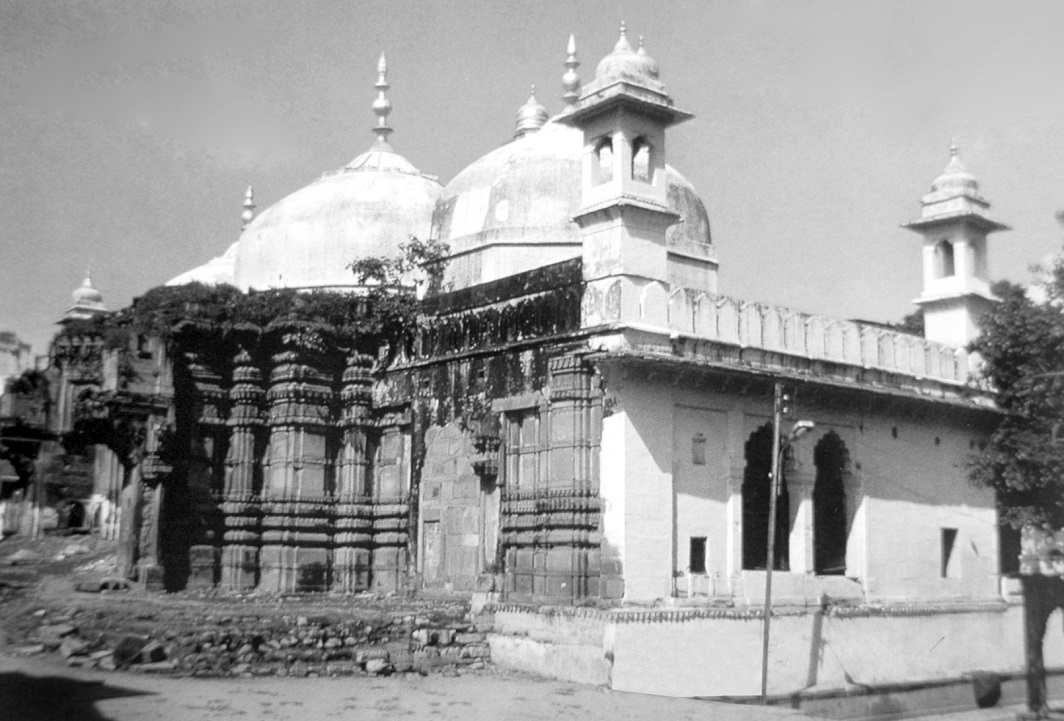
Disclaimer: Copyright infringement not intended.
Context
The Archaeological Survey of India (ASI) in its scientific survey report on the Gyanvapi mosque complex has concluded that “there existed a Hindu temple prior to the construction of the existing structure” at the site.
Details
The Gyanvapi Mosque is located in Varanasi, India, near the Vishwanath Temple. It has historical and religious significance, and its history is intertwined with the Hindu-Muslim dynamics in the region.
Key points from the report
- Destruction During Aurangzeb's Reign: The report mentions that the pre-existing structure, believed to be a Hindu temple, was likely destroyed in the 17th century during the reign of Aurangzeb. This destruction is said to have occurred as part of Aurangzeb's orders to demolish schools and temples.
- Inscriptions in Different Scripts: The survey recorded a total of 34 inscriptions, including those in Devanagari, Grantha, Telugu, and Kannada scripts. These inscriptions were found on stones from the pre-existing Hindu temples, which were reused during the construction or repair of the existing mosque.
- Reuse of Temple Parts: Parts of the pre-existing temple, such as pillars and pilasters, were reused for the expansion of the mosque and the construction of the sahan (courtyard). The report notes that Vyala figures (Hindu mythological creatures) carved on these pillars were mutilated during reuse.
- Central Chamber Integration: The central chamber of the pre-existing temple now forms the central hall of the existing mosque structure. The report describes the integration of the central chamber, main entrance, and other architectural components from the original temple into the current mosque.
- Sculptural Remains in Cellars: The survey found that pillars from the pre-existing temple were reused to create cellars in the eastern part of the platform. These cellars, along with the platform, were constructed in front of the mosque to accommodate a large number of people for prayers. Sculptures of Hindu deities and architectural members were discovered under the soil in one of the cellars.

Pre-Mosque History
- Vishweshwar Temple:
- The site originally housed a Vishweshwar Temple dedicated to Lord Shiva.
- Built by Todar Mal during the late 16th century, it contributed to making Banaras a significant center for Brahminic assembly.
- Debates on Pre-Temple History:
- Scholars debate the existence of a Vishweshwar temple in early medieval Banaras.
- Different accounts describe the repeated destruction and reconstruction of the temple, attributing it to various rulers.
Establishment of Gyanvapi Mosque
- Aurangzeb's Demolition:
- In 1669, Aurangzeb ordered the demolition of the Vishweshwar Temple.
- The mosque was constructed in its place, utilizing parts of the temple structure, and named the Alamgiri Mosque.
- Political Motives:
- Scholars argue that Aurangzeb's demolition had political motivations rather than just religious zealotry.
- The act was seen as a warning to local Hindu leaders and zamindars who resisted Aurangzeb's rule.
Muslim Counter-Claims
- Some Muslims reject the idea that Aurangzeb demolished the temple due to religious reasons.
- Alternate narratives include the temple's collapse, destruction by a Hindu merchant, or communal rioting.
Late-Mughal India
- In the late 17th and 18th centuries, there were attempts by rulers like Bishan Singh and Malhar Rao Holkar to rebuild the temple, but these were unsuccessful.
British Raj
- Under British rule, the Gyanvapi site became a center of contention between Hindus and Muslims.
- Legal disputes and riots occurred, with restrictions on access and rituals at the site.
Independent India
- In the late 20th century, the Vishva Hindu Parishad (VHP) campaigned to reclaim temples and included Gyanvapi in their efforts.
- Legal battles ensued, and tensions escalated, especially after the Babri mosque demolition in 1992.
- The Archaeological Survey of India (ASI) has declared the Gyanvapi Mosque as a protected monument.
- The site is under the administration of a trust that manages its affairs.
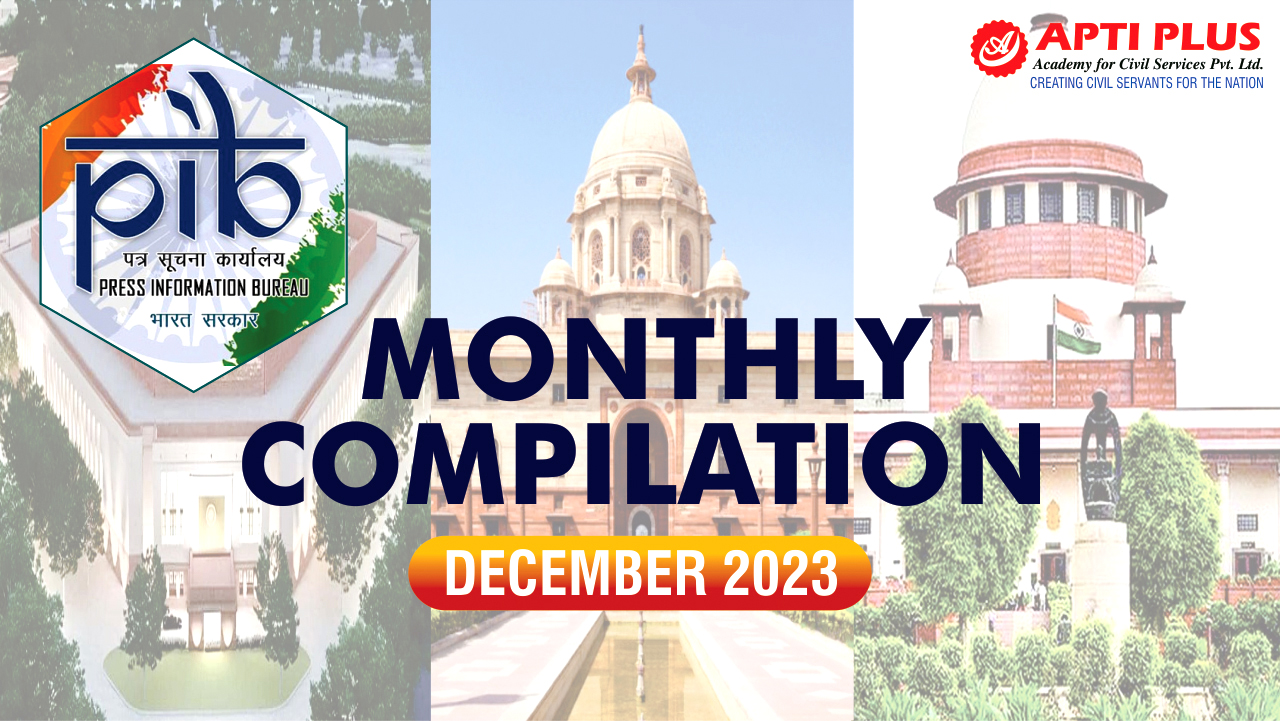
Ayodhya Parallel
- The controversy surrounding Gyanvapi Mosque is often compared to the Ayodhya dispute, where the Babri Masjid was demolished, leading to the construction of the Ram Janmabhoomi Temple.
Conclusion
The Gyanvapi Mosque remains a complex and sensitive site, reflecting the historical and religious interplay in the region. Ongoing legal and social debates underscore the challenges of addressing historical narratives and conflicting claims.
|
PRACTICE QUESTION
Q. The Gyanvapi Mosque controversy in Varanasi highlights the intersection of history, religion, and contemporary legal debates. How should such disputes be approached to ensure harmony and justice in a diverse society? (250 Words)
|







